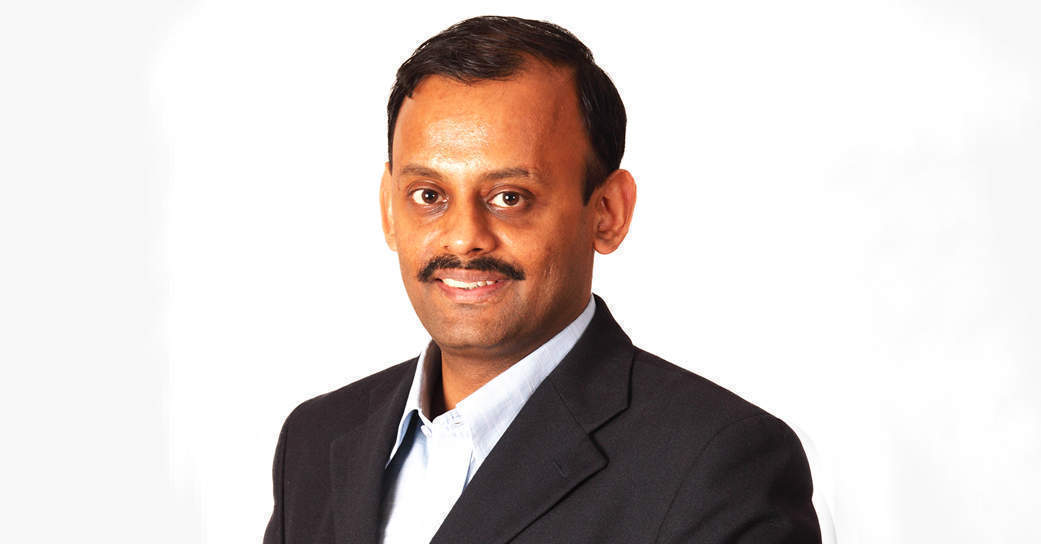
Outlook 2020: The end is here for easy money, even for high-growth companies


Towards the second half of 2019, thanks to certain developments surrounding some large internet companies, there were some concerns and conversations around profitability. However, at no point did funding sentiments improve for the non-sexy entrepreneurs -- it was never easy for someone who was not in a very attractive segment or didn’t have a first successful entrepreneurship stint. For some others -- the top 100 companies in India or second-time entrepreneurs -- it was easier to get large cheques.
Towards the end of the fourth quarter, there was a slightly more caution. Yet, I expect status quo in the typical Series A and seed investments, which were never the hottest of deals, to continue this year as well.
In venture capital investing, growth and profitability are two ends of the spectrum. In environments like 2018-19, sensibly-managed companies moved the dial towards growth, sacrificing profitability at least in the short or even medium term, for significant growth. Thanks to some global trends, people have moved the dial towards profitability now.

The time of easy money, even if you are growing like crazy, might be getting over. So it is wise to try and move the dial towards profitability -- otherwise you might not be in a good place. Conversations of this nature have been happening in board meetings now and I expect that to continue.
B2B getting more attention
Our learnings over the past three-five years is that B2C requires a lot of capital and a lot of it goes in the pockets of the likes of Google and Facebook. Two or three companies in this segment are basically filling their coffers significantly and there seems to be no end in sight. To that extent, people who never even looked at B2B are now recognising this segment.
There are some companies showing signs of being able to list or attract substantial acquisitions in the US market. Larger investors have taken this view that just like India internet, India SaaS (SaaS out of India-serving international markets) is going to be the next opportunity. As a consequence, downstream investors also behave accordingly.
Some of us have invested in that hypothesis. Now, the funds that never looked at B2B in the past are slowly changing their minds because it needs a smaller amount of money, the business is more predictable and customer acquisition costs are much more manageable. But it’s not that companies are not overfunded in this segment -- when bigger investors come in, a $20 million cheque is cut when a $5-$10 million would have sufficed. That’s a natural consequence of their size.
Stage-wise distinction narrow
The growth space is underserved. However, some of the larger funds do everything, including Series B funding. The stage-wise distinction is slowly vanishing. It’s not black and white any longer as it used to be in the past, simply because venture capitalists have raised a significant amount of money and started investing across stages, at least in certain segments. So, I expect some of the traditional seed and Series A players to get into Series B or maybe Series C investing.
Large cheques to early stage startups becoming rare

I do not believe there is a valuation problem -- it always becomes a selection problem. Are you giving the right amount of funding to the right company? This will determine success.
Companies at a very early stage of business maturity are still getting funded. The challenge comes when you are putting a large sum into an early stage company. By definition, the valuation has to be significant. From there, the adjustments will start. Those big $30-$50 million cheques to early stage startups are going to be rare.

When you cut a $30 million cheque, you have to give the startup a pre-money valuation of $30-$50 million and it becomes a $70-80 million valuation thereafter. You don’t have any choice at ground zero. The $30 million will tend to become $5-$10 million and as a consequence, the valuations will adjust downwards automatically. I think it was more a question of giving people too much money -- money then becomes too cheap.
IoT, EVs new focus areas
Technically, the approach to India is no different. We have been in business since 2008. With Fund I and II, we operated in a US-India format. What we will do in Fund III is not very different from what we did with Fund I and II. Our strategy has been to invest in seed, Series A technology companies at a ticket size of Rs 5-15 core, and both B2B and B2C. Broadly, there is no difference there.
What we will do slightly differently this time, because of the change we have and because of some fundamental drivers in our evaluations, is to pick more hardware-related stuff, IoT (Internet of Things) or EVs (electric vehicles) in particular. We have done some in the past and we will do more -- stuff that we wouldn’t have probably thought about in the older structure. However, 80% of what we do will be the same as what we have done in Fund I and II, which is our bread and butter.

We have not operated on a segment basis. We continue to hold the view that the India market is still wide and deep, so being a technology investor, we will want to keep that wide base. It may change due to market realities. We will continue to do what we were doing, but will add some bit of hardware.
Consumer internet, mobile, Saas, IoT, machine learning applications and fintech are the areas where we are most interested in. We believe that these play to India’s strengths. Our investment outside these segments will be more opportunistic.

We have chosen to put horse blinders on to technology, but some of our peers have started doing some consumer goods investments -- that, I think, is an underserved space. Thanks to platforms like Amazon and Flipkart, it is possible to build brands on the internet today. That’s one trend where I expect a good set of companies to be created and a lot of money to be lost as well. We want to stay away from it because we don’t understand much of it, honestly.
A total of 15-16 investments from third fund
Our first close of the third fund was in October 2018. From that point, we have made five investments and a sixth term sheet is being readied. We hope to make about 15-16 investments from the fund. The pace will be roughly the same for the next two or two-and-a-half years until we complete the investment target. We try not to measure ourselves on a yearly basis. Our focus would be on making the remaining 10-11 investments in our fund in the next two or two-and-a-half years.
New exit routes opening up
Our portfolio is very concentrated -- we have about 15-16 active companies. While our data points are fewer compared to large venture capital firms, what we are seeing on the ground tells us that even old, established business houses in India are beginning to take an interest in what startups are doing and are scooping them up. They help companies with low-to-medium orbit achieve certain strengths they don’t have. They offer exit outlets for venture capital investors as well. This was one of the biggest weaknesses in the Indian venture capital ecosystem and there are some initial signs that it is changing. That is very positive news for all of us.
(As told to Binu Paul)

Parag Dhol
Parag Dhol is managing director of Bengaluru-based venture capital firm Inventus Capital Partners. The views in this article are his own.
